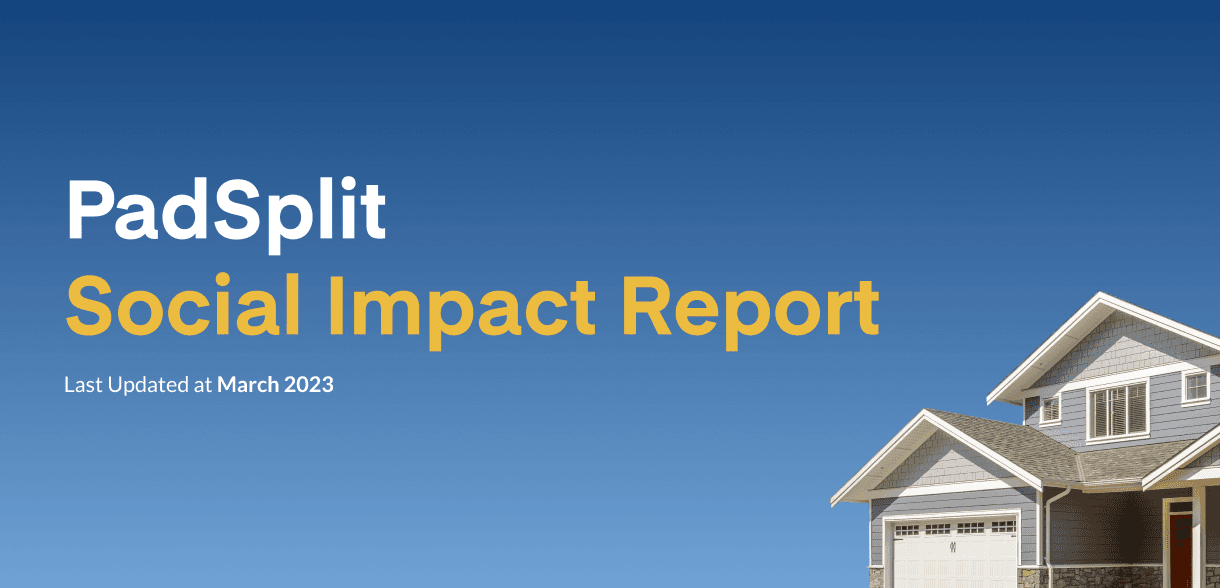The food! The culture! The nightlife! Welcome to Miami.
Known for its magical nights and amazing beaches, it’s an exciting mix of cultures, ethnicities, and backgrounds that infuse the city with an energy unlike any other in the States.
But with this high appeal, the city also comes with high costs.
How Miami compares cost-wise
Compared to other major cities in the US, the cost of living in Miami is relatively high. According to Numbeo, the estimated overall cost of living here is about 34% higher than the US average. This includes the cost of housing, transportation, food, and other living expenses.
The estimated monthly cost for a single person in Miami (without rent) is approximately $1,188. So where does that put a person after housing gets factored in?
The picture is not so pretty.
Rent or Buy? Neither may be a sound option
Housing costs in Miami can be quite expensive, as the median home price is about $437,900. Rent prices can also be steep with the average price of a one-bedroom apartment costing around $1,470 a month. Of course, these prices can vary greatly depending on the specific area of the city and proximity to downtown.
Food prices on the rise
Sadly, you may not be able to console your financial concerns with a tasty Cuban sandwich from Little Havana, either. Food costs in Miami can be more expensive than in other cities, with a meal at an inexpensive restaurant costing around $15. Grocery costs are also higher than the US average, due to the city’s high import costs.
Good news for those on the go
There’s a small glimmer in the financial forecast, however. Transportation costs in Miami are relatively low and the public transportation system is extensive, with buses and metro lines that cover most areas of the city. The cost of a single ride is only $2.25, and a monthly pass is available for $112. Taxi fares are also relatively affordable, averaging around $2.50 at the start of the ride and $2.60 per mile.
Of course, those savings might not carry much weight when other living costs take such a large percentage of your paycheck. And once you get to where you want to go, how much you have left to spend is the question.
Miami housing that actually saves you money?
The average American puts around 37% of their take-home pay towards housing. And when housing costs keep increasing but your pay doesn’t keep up, it can create a financial sinkhole.
Fortunately, there’s a ladder out.
Coliving is a shared housing option that’s gaining traction in urban areas like Miami where rent is high because it allows residents to live in the same areas where they work or go to school while saving money (yes, you can actually save money in Miami.)
For example, living in a PadSplit saves people $333 a month on average while the lack of lease agreements and zero down payment needed allows for flexible stays and fast move-ins. Living in one also lets you combine all living expenses like WiFi and utilities in one weekly payment. This allows you to coordinate your dues with your paycheck to help keep your finances on track.
Curious how much you’d save by moving into a PadSplit? Use our Savings Calculator to compare PadSplit to your current place.


